USCIS reminds applicants and petitioners to pay new fiing fees with forms postmarked or filed on or after Dec. 23, 2016, or they will not be able to accept the filings. USCIS will only accept previous fees if they are postmarked Dec. 22 or earlier.
Beginning on Dec. 23, 2016, you will no longer have a 14-day grace period to correct a failed fee payment. USCIS will immediately reject a benefit request for nonpayment. USCIS will no longer hold benefit requests submitted without the correct biometric services fees. You must pay biometric services fees, if applicable, at the time of filing. USCIS will reject a benefit request if it is received without the correct biometric services fee, if required for an application.
Along with the fee changes, USCIS introduced a reduced fee option for certain low-income naturalization applicants who do not qualify for a fee waiver. For eligibility details and filing instructions, see Form I-942, Request for Reduced Fee, and Form N-400, Application for Naturalization. Please note that this redced fee option is available only for N-400, Application for Naturalization.
As a general rule, ou should always refer to uscis.gov website and review the current rules and filing procedures as they often change.
New filing USCIS fees are available here.
--> Please note that in addition to the new fees schedule, which was announced in advance, USCIS unexpectedly published new updated editions of many immigration forms and applications without any warning. The older editions of these forms are no longer acceptable!
Affected forms include the following: I-90, I-102, I-129, I-129CW, I-129F, I-130, I-131, I-131A, I-140, I-191, I-192, I-212, I-290B, I-360, I-485, I-485 Supplement A, I-525, I-539, I-600, I-600A, I-601, I-601A, I-612, I-690, I-694, I-698, I-751, I-765, I-800, I-800A, I-817, I-824, I-910, I-924, I-924A, I-929, I-942, I-942P, N-300, N-336, N-400, N-470, N-600, and N-600K.
Please also note that regardless of the form edition submitted, applications and petitions postmarked or filed on or after December 23, 2016, must include the new fees or USCIS will reject the submission.
Update: USCIS will accept prior versions of forms, with the exception of Form N-400, until February 21, 2017. However, all filings postmarked 12/23/16 or later must include the new fees or we will reject them. USCIS will accept only the 12/23/16 edition of Form N-400, Application for Naturalization.
Напоминание: новые пошлины за иммиграционные заявления и петиции вступили в силу 23 декабря 2016. USCIS примет заявления с оплатой по старым расценкам только, если они отправлены по почте 22 декабря, и на письмах стоит штам почтовой службы 22 декабря 2016 или ранее.
Помните, что теперь по новым правилам USCIS не будет присылать вам запрос на правильную пошлину или запрос на стоимость отпечатков пальцев. По новым правилам, они будут отказывать и возвращать ваши пакеты с заявлениями и петициями без всяких запросов и без 14-дневного периода для досылки чеков на правильную сумму. То есть если вы послали чек на неправильную сумму или забыли оплатить за отпечатки пальцев, то вам вернут весь пакет с документами, и вам придется посылать его еще раз.
Уточнение: USCIS уточнил 29 декабря, что они все же будут принимать старые издания форм, за исключением заявления на гражданство, форма N-400, до 21 февряля 2017 года. Но все заявления должны сопровождаться новыми пошлинами. Только новая форма заявления на гражданство принимается, это издание N-400 датированное 23 декабря 2016.
Новые расценки и пошлины от тут.
Если вам нужна помощь или совет адвоката перед подачей заявлений, пожалуйста свяжитесь с нами по электронной почте.

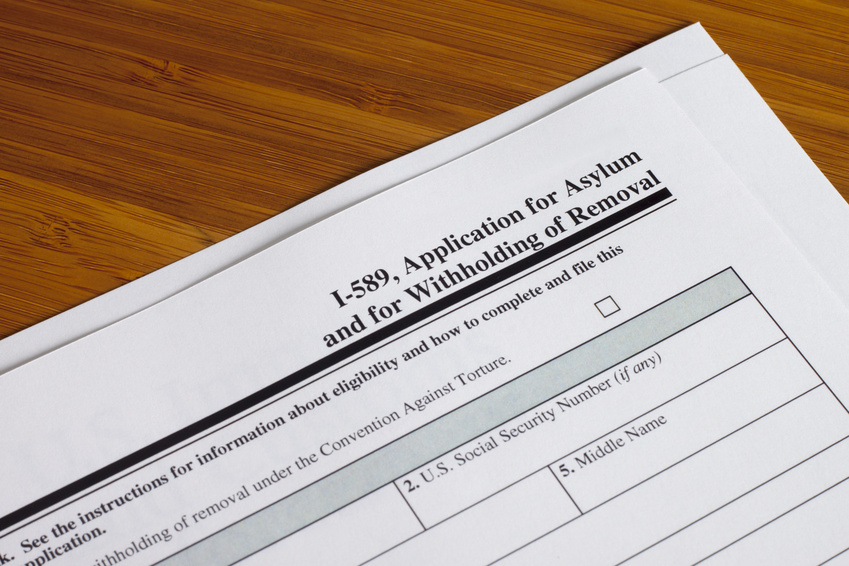
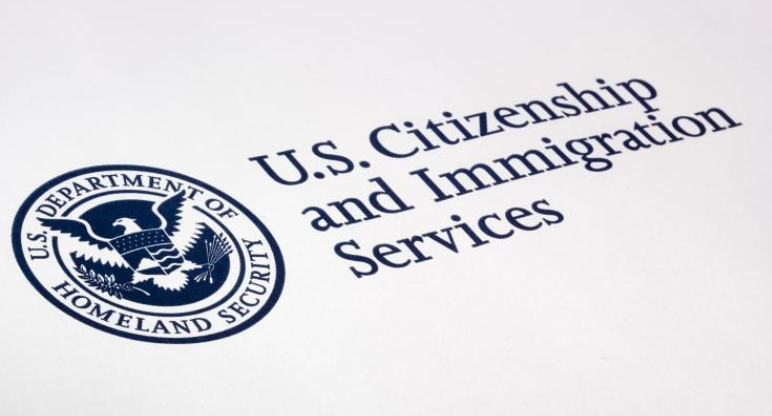


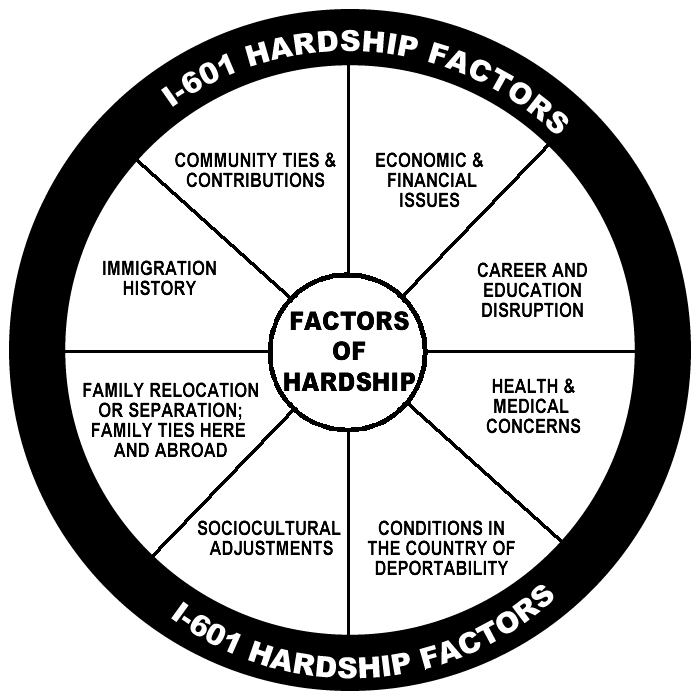


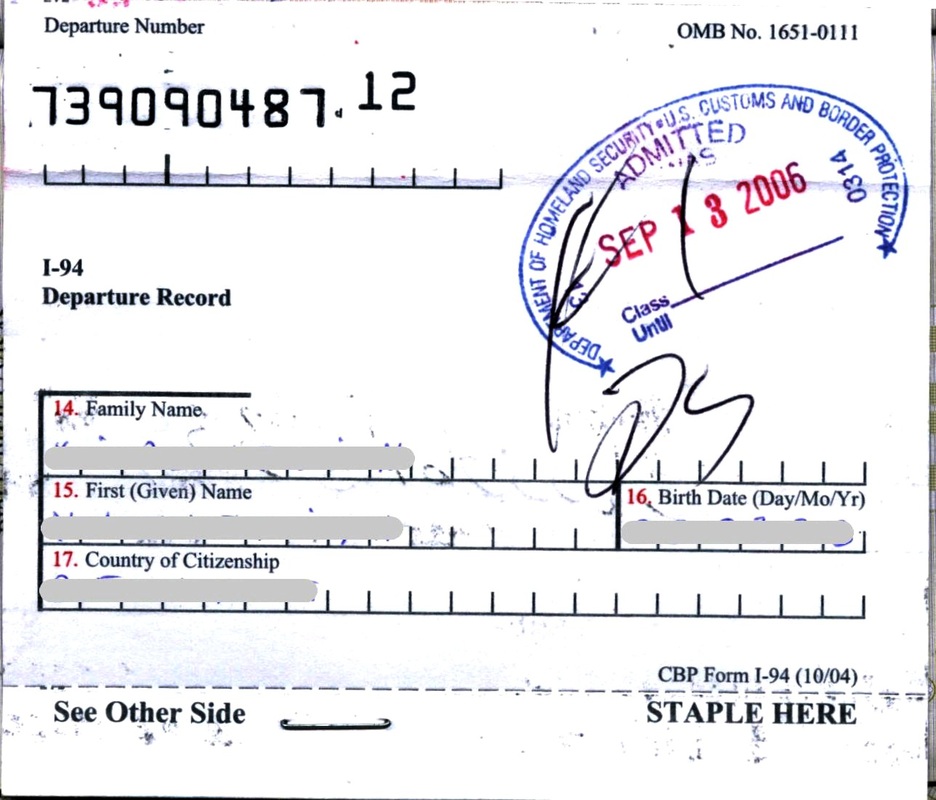
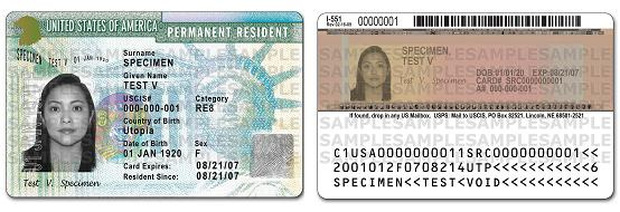


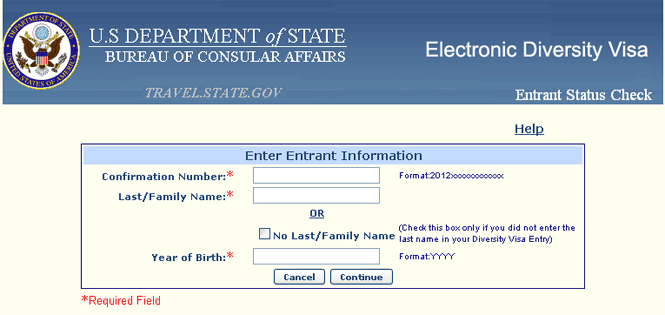
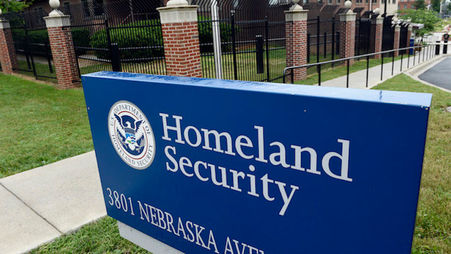


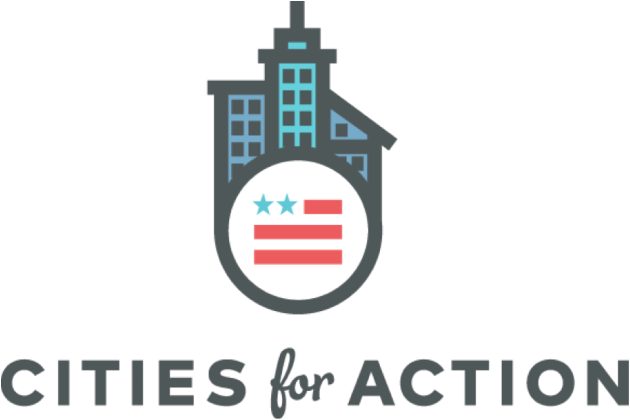

 RSS Feed
RSS Feed